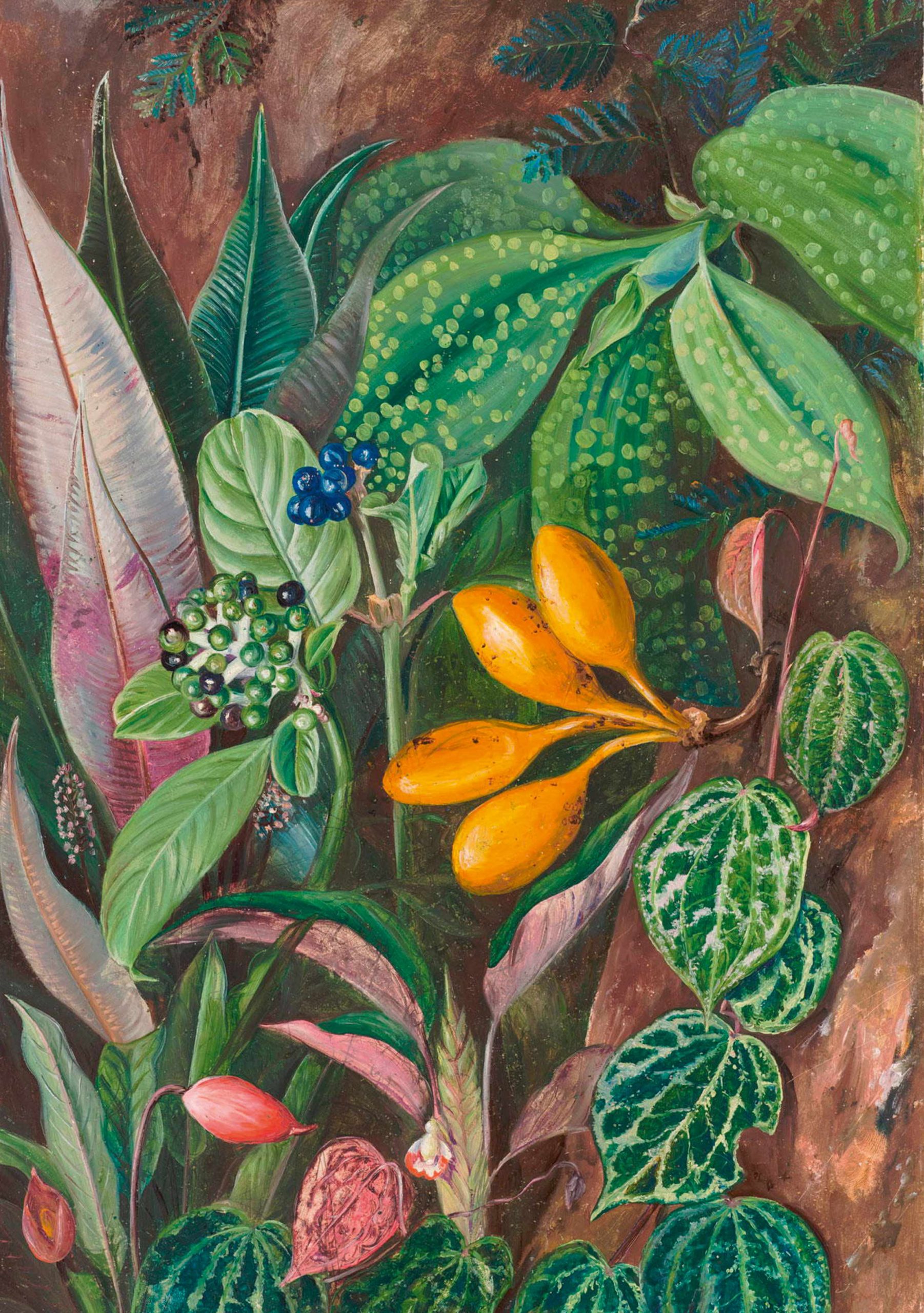Kew's 2022 list of vital plant species, including a mushroom with teeth, an orchid that grows only in the dark and the Leonardo di Caprio tree
Uvariopsis dicaprio might be a first in the natural world: a tree named after a Hollywood A-lister, and a plant which is on the radar of Kew. Annunciata Elwes reports.


The first addition to Kew’s vital plant species list for 2022 is Uvariopsis dicaprio, a ylang-ylang tree of the Ebo Forest, one of the largest intact rainforests in Cameroon — and, yes, it is named for the actor Leonardo DiCaprio, in honour of his environmental efforts for the area.
With its bunches of glossy yellow-green flowers, the tree is already critically endangered because its habitat is unprotected, a reminder of the importance of Kew’s mission to name and, where possible, protect species all around the world before they become extinct.
‘It’s easy to assume that we know all of the plant and fungi species on our planet,’ explains Dr Martin Cheek, senior researcher in RBG Kew’s Africa team. ‘But, in most parts of the tropics, identification of plants is still a big challenge and thousands of species still remain without scientific names.
‘This is a problem because until a species has a scientific name, assessment of its extinction risk is near impossible and that makes protection from extinction and research into its properties incredibly difficult.’
Last week, Kew scientists selected their favourites from last year’s 205 new plants and fungi to raise awareness. Among the list of 10 are a ghost orchid that grows in complete darkness in Madagascar; Congo primrose Streptocarpus malachiticola (‘growing on malachite’), red listed due to its preference for copper mines, from which the stone is being increasingly extracted to meet rising demand; a rare mushroom with teeth instead of gills, found in Windsor Great Park, Berkshire; and a voodoo lily, among 75 threatened species from the Ebo Forest.
‘Sadly, several species on 2021’s list are already considered as under threat of extinction from increasing threats to their natural habitat and three are already believed to be extinct in the wild,’ continues Dr Cheek. ‘This is our last chance to find unknown species, name them and hopefully protect them.’
About one-third of the funding of the Royal Botanic Gardens, Kew, comes from Defra and research councils; the rest is from donors, membership and ticket sales — see www.kew.org/science
Exquisite houses, the beauty of Nature, and how to get the most from your life, straight to your inbox.
Annunciata is director of contemporary art gallery TIN MAN ART and an award-winning journalist specialising in art, culture and property. Previously, she was Country Life’s News & Property Editor. Before that, she worked at The Sunday Times Travel Magazine, researched for a historical biographer and co-founded a literary, art and music festival in Oxfordshire. Lancashire-born, she lives in Hampshire with a husband, two daughters and a mischievous pug.
